This is a more complex question than meets the eye. The short answer is “Yes, in a properly trained doctor’s hands, the transplanted grafts will typically continue to grow thick terminal hair throughout the person’s lifetime”. However, what patients usually mean when they ask that question is actually “After the increased hair density achieved via the hair transplant, will this increased hair density (i.e., thickness) in the thinning/balding area be maintained forever?” The short answer to this more accurate question is “No”.
I will explain this in detail, but first, it is important to understand “Donor Dominance” and “Limitation to Hair Transplants”.
Concept of “Donor Dominance” and Hair Transplants
Hair transplants are based on the established concept of “Donor Dominance”. Donor dominance is the concept that the transplanted graft tissue will maintain the genetics of the area it was removed from and continue to perform like it did in the donor area. It does not take on the characteristics of the recipient area. Therefore, if the hair grafts are taken from an area that is programmed to produce thick terminal hair for the rest of the patient’s life, it will maintain these genetics no matter where on the body the doctor transfers this hair graft. (ex, if eyebrow hair follicles were transplanted to the top of the head, they will always grow like eyebrow hair, growing about 1 cm long before being shed, and the cycle repeating itself for the rest of the patient’s life).
Limitations of Hair Transplants
The naturalness of the hair transplant in the properly trained physician should not be a limitation. A properly trained doctor with foresight of the progressive nature of androgenetic alopecia should be able to create a completely natural hair transplant that will not only look natural today but also tomorrow. The main limitations to hair transplant surgery are that there is a very limited and fixed amount of good genetic hair that can be transferred from the sides and back of the scalp to the bald/thinning area. This very limited, good genetic area is the “hair bank”. As a hair transplant surgeon, I am similar to a glorified farmer – that I have potentially 10 acres of land to cover but only 4 acres of seed.
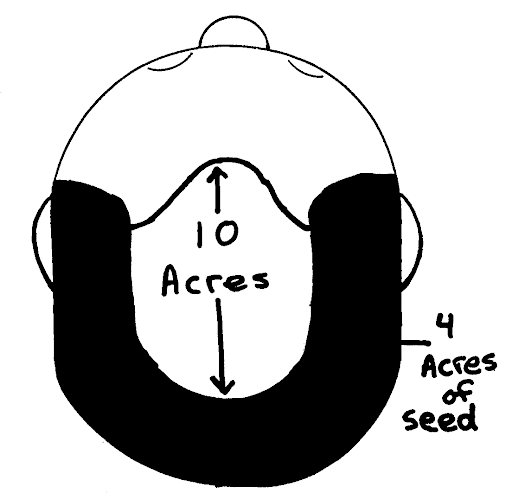
With this limitation in mind, hair transplant surgeons need to focus on 3 very important truths:
-
- When performing hair transplants, we need to use techniques and technologies that ensure the highest percentage of grafts survive and grow.
- We need to use the very limited donor hair wisely in the most important areas and with the foresight of the ultimate goal of maintaining naturalness as the person ages.
- We need the help of preventative medical therapies to slow the progressive thinning nature of androgenetic alopecia.
4 Factors Influencing Hair Transplant Longevity
1. Surgeon’s Expertise
Not all hair transplant surgeons are created equal. There are vast differences in the expertise of hair transplant surgeons. Most doctors performing hair transplants have no formal training (ex, they just learn on their patients). The most important factor determining the long-term success of the hair transplant is the doctor you choose, not the instruments or techniques they use. The doctor is a crucial partner in a patient’s journey dealing with androgenetic alopecia. It is imperative to look for several important qualities in a hair transplant surgeon:
-
- A doctor who was formally trained in a residency or a fellowship in the science of hair loss and art of hair transplantations/hair restoration (typically a Dermatologist)
- A doctor with the credentials of being a faculty member at a major teaching university that teaches the medical residents in the science and art of hair transplant surgery.
- A doctor with the above credentials who applies this expertise personally, with the ability to perform one hair transplant a day, and is involved in every step of the hair transplant surgery process.
2. Quality and Stability of Donor Hair
When obtaining the very limited good genetic donor hair from the donor area, it is crucial to focus on:
-
- Ensuring that the highest percentage of grafts acutely survives and grows.
-
- Obtaining hair from the “safe zone” ensures the best long-term quality of the transplanted hair. Most patients’ hair follicles in the safe zone are programmed to produce thick terminal hair throughout a patient’s lifetime. The farther the grafts are removed superior or inferiorly from the safe zone, the more likely that the graft will eventually be prone to progressive miniaturization as the person ages.
Rarely, there are some men and women who suffer diffuse alopecia where even the hair in the safe zone is prone to miniaturization, and these patients are not good hair transplant candidates.
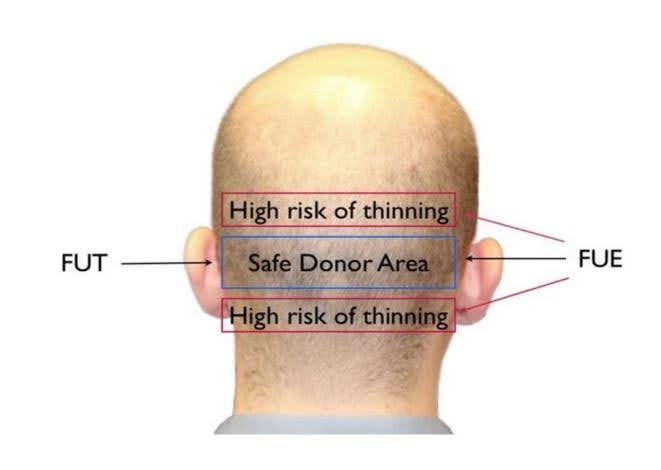
3. Hair Transplant Technique
The technique used to remove hair from the donor area plays an important role in the survival and long-term quality of the grafts obtained. The two commonly mentioned techniques are
Follicular Unit Excisions (FUE)
In FUE, a sharp circular cutting tool (manual, motorized, or robotic) is used to excise the donor tissue. This method creates tiny scars that are spread over the donor area.
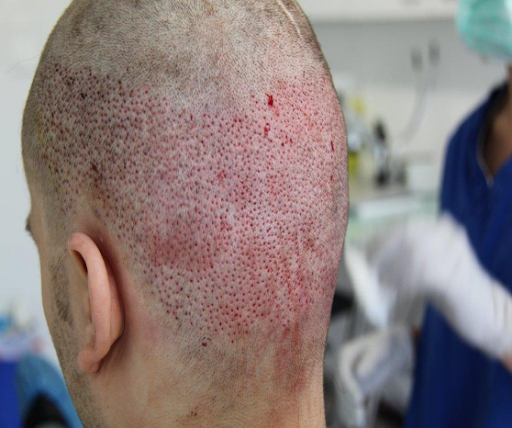
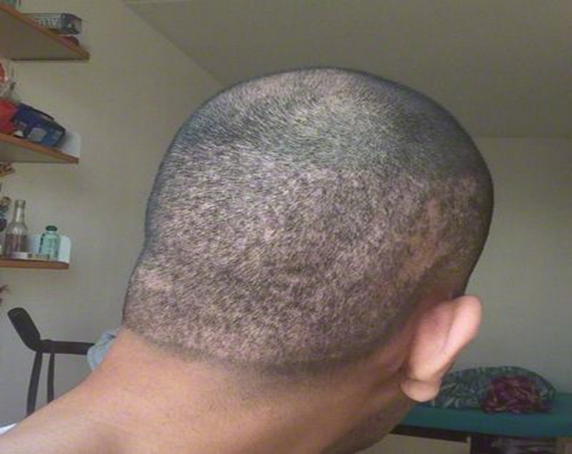
Advantages of FUE
-
- The patient does not get a linear scar in the donor region.
- There is no need for stitches.
Disadvantages of FUE
-
- The surface area of scar tissue is approximately 12 times that of an equal number of grafts created by an FUT excision. The scars created by FUE punch excision are thousands of small circular scars. If you are told by a hair transplant clinic that you do not get scarring with FUE, immediately steer clear of them since they are unethical and untruthfully marketing their surgery and lying to you. The above pictures come from one of those unethical clinics.
- In order to make the scarring less conspicuous since there is more surface area of scar tissue, doctors spread out the tissue cut out in the donor regions outside the safe zone. Therefore, the long-term quality of grafts is less than FUT since the grafts obtained outside the safe zone are more prone to eventually experience miniaturization.
- The younger a patient is, the more likely the patient will need several hair transplants over his lifetime. With the FUE punch excision technique, the doctor does not remove the prior scar tissue; he just adds more small circular scars to the donor area over the patient’s lifetime.
- The punch excision is a “blind” excision, which means the doctor cannot see through the skin and can only discover “after the fact” if the follicle was transected/destroyed during the excision process. Therefore, the acute survival rate is adversely affected.
2) Follicular Unit Transplantation (FUT)
In FUT, a long linear strip of tissue is excised from the donor area, which creates a linear scar in the donor area that is closed with sutures.

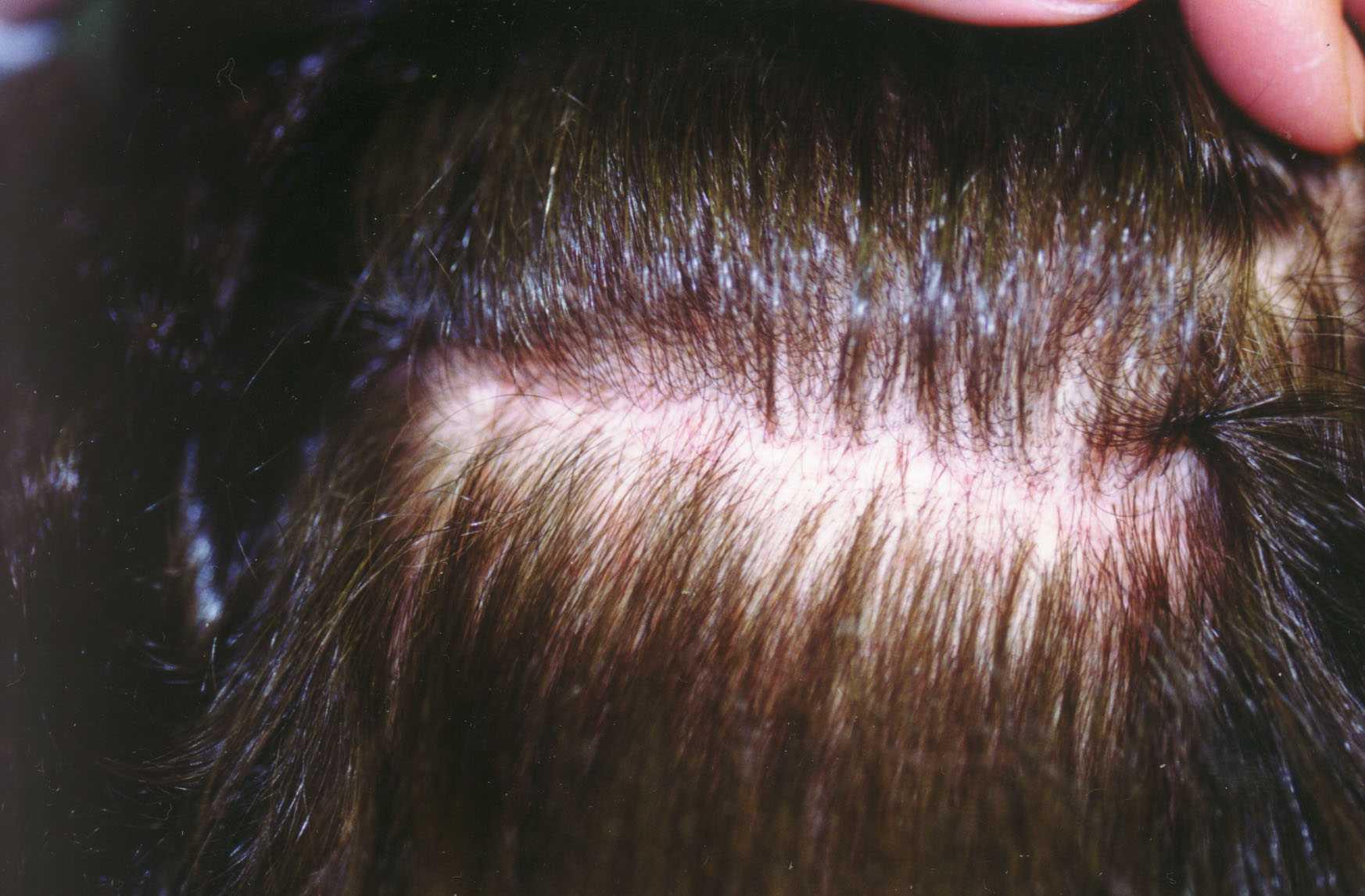
Advantages of FUT
-
- The tissue is removed and dissected under the stereoscopic microscope to minimize the transection(destruction) of the follicular units, which ensures the highest percentage of grafts survive and grow.
- The tissue is only removed from the “safe zone” ensuring the best long-term quality of grafts.
- If another hair transplant is performed, the scar from the prior surgery is removed, since that is where the best genetic hair is located.
Disadvantages of FUT
-
- Creates a linear scar that is hidden by the surrounding good genetic hair.
- Need to remove the sutures in 1-2 weeks.
Further Read: Difference between FUE and FUT Hair Transplant
4. Patient’s Age and Progression of Hair Loss
Androgenetic alopecia is an aging process that progressively worsens as the patient ages. The individual patient’s genetics dictate the severity of hair loss. The younger a patient starts balding, the more likely this patient will progress through the more extensive classifications of androgenetic alopecia. The younger a patient starts having hair transplants, the more likely the patient will have numerous hair transplants over his/her lifetime, using up the majority of the person’s hair bank at an early age. This creates three problematic situations.
-
- Covering too large of a recipient balding area that will break the hair bank (i.e., the limited good genetic hair) and eventually create a hair transplant that looks unnatural as the patient ages
- To keep up with extensive balding, the doctor tends to remove hair grafts outside the safe zone. These grafts are more than likely to experience miniaturization as the patient ages.
- The hair bank was overharvested (taking more than 50% of the donor bank, which is approximately 6250 follicular unit grafts), which creates a see-through look in the donor region.
Post-Transplant Timeline
Please explain what the results timeline after a hair transplant looks like and what a patient can expect to happen after a hair transplant. This is just to reassure patients that all of these stages are part of the normal process, and they shouldn’t be worried.
Here is the timeline I give my patients after the surgery:
-
- Immediately following the surgery
-
- Wear a hat for the week following the hair transplant
- Still can be quite active
-
- 1 week following the surgery
-
- FUT- sutures removed, and the scalp is healed. Since the scalp hair is not shaved, most people feel very comfortable going back out in public without a hat on.
- FUE- scalp is healed. Since the scalp hair is shaved, there is no hair to hide the healing process. Most patients continue to wear a hat for a few months for the existing hair to regrow.
-
- 2-6 weeks following the surgery
-
- The hairs from the transplanted hair fall out, and the follicle remains dormant for approximately 4 months
-
- 4 months following the surgery
-
- The patient still looks like they did before the surgery
- Sometimes the patient might be thinner secondary to some shedding of existing hair that will eventually regrow
- Patient is reassured, “Patience is a virtue”
-
- 12-18 months following the surgery, typically, the full density increase of the hair transplant is seen
- Immediately following the surgery
-
-
-
- Decide if the density increase meets your goal and, if so, stay on the preventative therapy in order to maintain the current density increase.
-
-
Maintaining Hair Transplant Results
Most patients are thrilled with the increased hair density (thickness) they have gained in the thinning recipient area following the hair transplant. However, that doesn’t mean that the way your recipient looks 1 year after the surgery is the way that it will look for the rest of your life.
This hair density in the thinning area is secondary to 2 factors:
-
- The newly established increase in density is from the good genetic hair that was transferred from the hair bank. This good genetic hair typically continues to stay and cycles as thick terminal hair throughout a person’s lifetime.
- The density of the existing hair. This hair is prone to continue the progressive miniaturization process as the hair follicle cycles. A hair transplant does not stop the ever-progressing thinning.
Following the hair transplant, the focus should now turn to maintaining the existing prone hair in the thinning area. Androgenetic Alopecia, like “tooth decay”, is an aging process that progressively worsens as you age. A dentist cannot stop tooth decay; toothpaste can slow and/or stop tooth decay. Hair transplant surgeons cannot stop androgenetic alopecia; only the preventative medical therapies (i.e., Finasteride and Minoxidil) can slow and stop androgenetic alopecia. The sooner the preventative therapies are started, the better (i.e., you do not wait until you only have half your teeth left in your mouth before you start brushing with toothpaste).
Further Read: Finasteride Scientific Safety Facts
Importance of Medications
The scenario below exemplifies the need for assistance from the preventative medical therapy for hair loss.
A patient with 30% density of hair in the recipient area desires to create a fuller-looking head of hair, and it’s agreed to perform a hair transplant, adding approximately 20% density to meet the patient’s goal. One year later, the patient’s goal is attained. However, with the progressive nature of androgenetic alopecia, the patient’s goal eventually is not maintained. The average male experiencing androgenetic alopecia loses approximately 4% density a year; therefore, at 5 years his 30% existing density will be at 10% and the transplanted 20% density will most likely still be there; therefore, the patient is back to where we started 5 years ago at 30% density. This same patient would have a 90% chance of still having 50% density if they had been on finasteride for the last 5 years. The patient’s biggest nemesis is the progressive nature of androgenetic alopecia, and many times, hair transplants cannot keep up with the patient’s goals. It is imperative that the patient is under the care of an ethical and properly trained doctor who advises him on this journey.
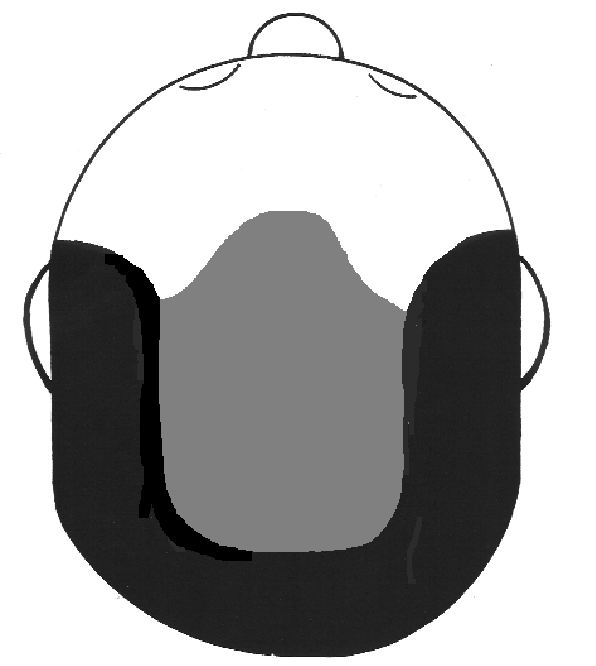
Hair follicle density before a hair transplant.
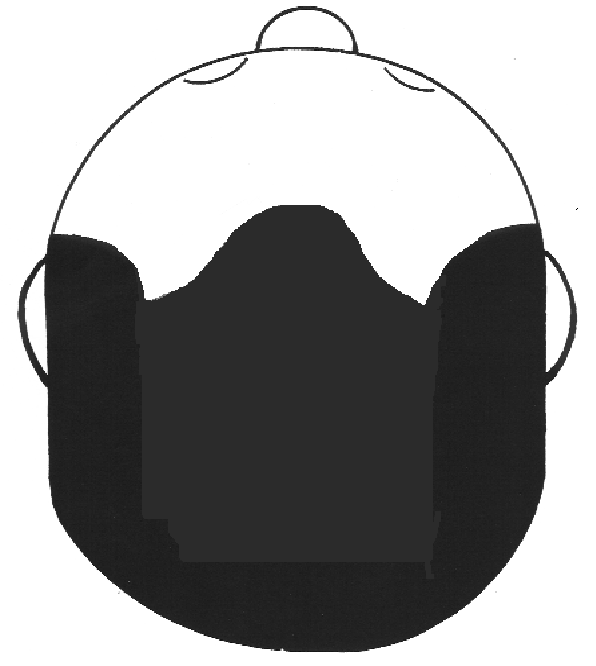
Hair follicle density after a hair transplant.
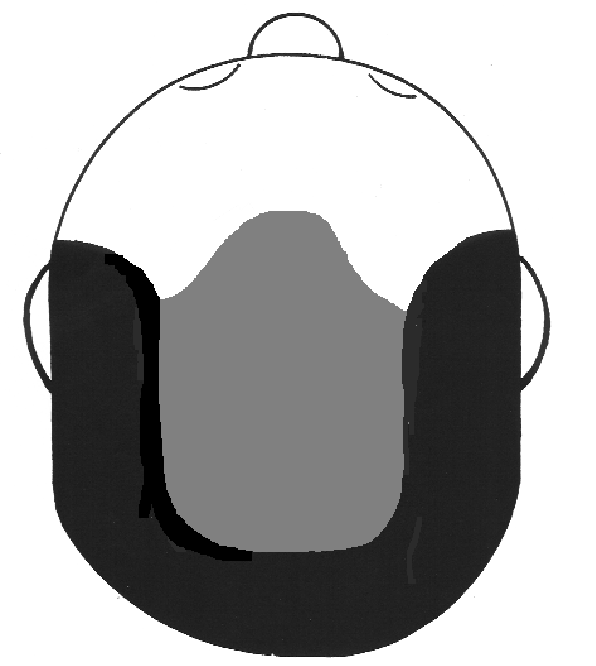
Hair follicle density five years after a hair transplant, without any preventative medications.
Regular Follow-Ups With the Transplant Clinic
Regular follow-up appointments are vital. I tell my patients that dealing with androgenetic alopecia is not a “destination” (i.e., one stop in Turkey and you’re done). I thoroughly educate my patients that treating the progressive nature of androgenetic alopecia is a “journey” over their lifetime; therefore, it is imperative that the patient is under the care of an ethical and properly trained doctor who will advise him/her on this journey. After the hair transplant, I closely follow my patients with follow-up appointments at 1 day, 1 week, 3 months, 1year, and then yearly after that. I do not charge for any follow-up appointments after the surgery, since this is part of the journey I have agreed as a trusted advisor to take with them.
Need for Additional Procedures
Unfortunately, there are a lot of medical unknowns in this “hair loss” journey. Neither the patient nor the properly trained physician has a crystal ball, knowing where the “hair loss” journey will end. The genetics behind androgenetic alopecia is very complex, and there are still vast unknowns in the dermatologic medical community. One absolute truth that is known in the medical community is that androgenetic alopecia is an aging process that progresses as every human ages until death. The rate of progression for each individual patient is not known.
In my practice, many of my patients desire additional transplants along their hair loss journey. The patients who are taking preventative medical treatments absolutely have less of a need for repeated hair transplants.
My Experience
My patients have entrusted me to be their medical advisor in their “hair loss” journey. I take this responsibility with the utmost seriousness. There are 3 aspects that are quite important on this journey.
1. Informed Decision
The initial consultation with the properly trained physician (not a non-medical salesman) is of the utmost importance. The hair loss patient’s initial consultation is strictly with me and lasts approximately an hour. It is vital that the patient understands his diagnosis, the causative factors, the potential treatments (& the limitations), and develops realistic expectations. Only after the patient is thoroughly informed can the patient make an educated decision on his/her particular treatment course.
2. Artful Precision
The design of the hair transplant is unique for each individual patient, taking into account a) how far along they are in their journey (extent of hair loss), b) their present age, and c) their long-term goals. An inanimate instrument or technique does not have the ability to understand this; only a properly trained and ethical physician can guide the patient with the patient’s best interest in mind.
3. Unparalleled Results
This comes together when a thoroughly informed patient and the entrusted, properly trained physician come to an agreement on the best treatment course for this particular patient. This treatment course may change along the journey. Sometimes, the best treatment course is solely the preventive medical treatments. Sometimes, the entrusted physician has to recommend against the patient’s desires and not perform a hair transplant because it is in the patient’s long-term best interests.
My Final Message
Find a properly trained, ethical physician you trust to go along with you on your “hair loss” journey.
Worried About Hair Loss? Let’s Talk.
Get trusted answers from Dr. McAndrews, a board-certified hair restoration physician with over 20 years of experience. We serve Los Angeles through our Pasadena office and offer convenient online consultations that you can reserve from anywhere.

Dr. Paul J. McAndrews is a world-renowned expert in hair loss and hair restoration, and one of only two physicians to have served as President of both the ISHRS and ABHRS. He is a Clinical Professor at USC/LAC Medical Center and an Expert Medical Reviewer for the California Medical Board. Known for his artistic, patient-focused approach, Dr. McAndrews performs one hair transplant per day to ensure exceptional, individualized results.
